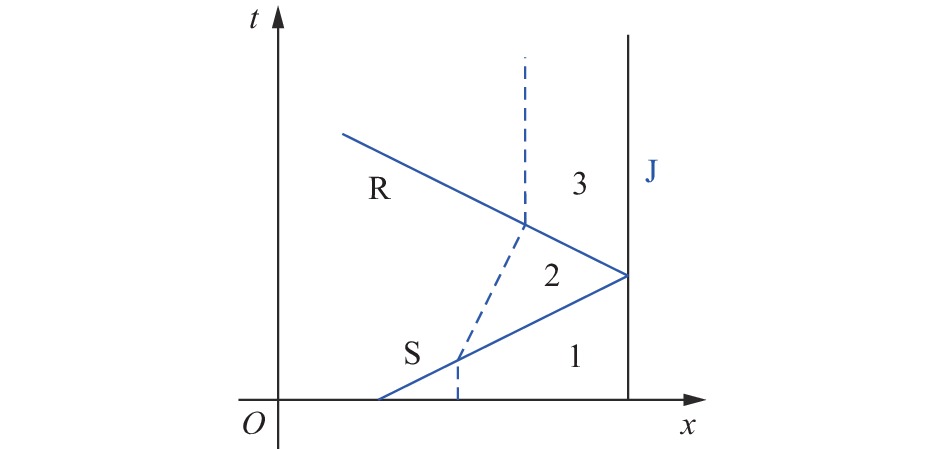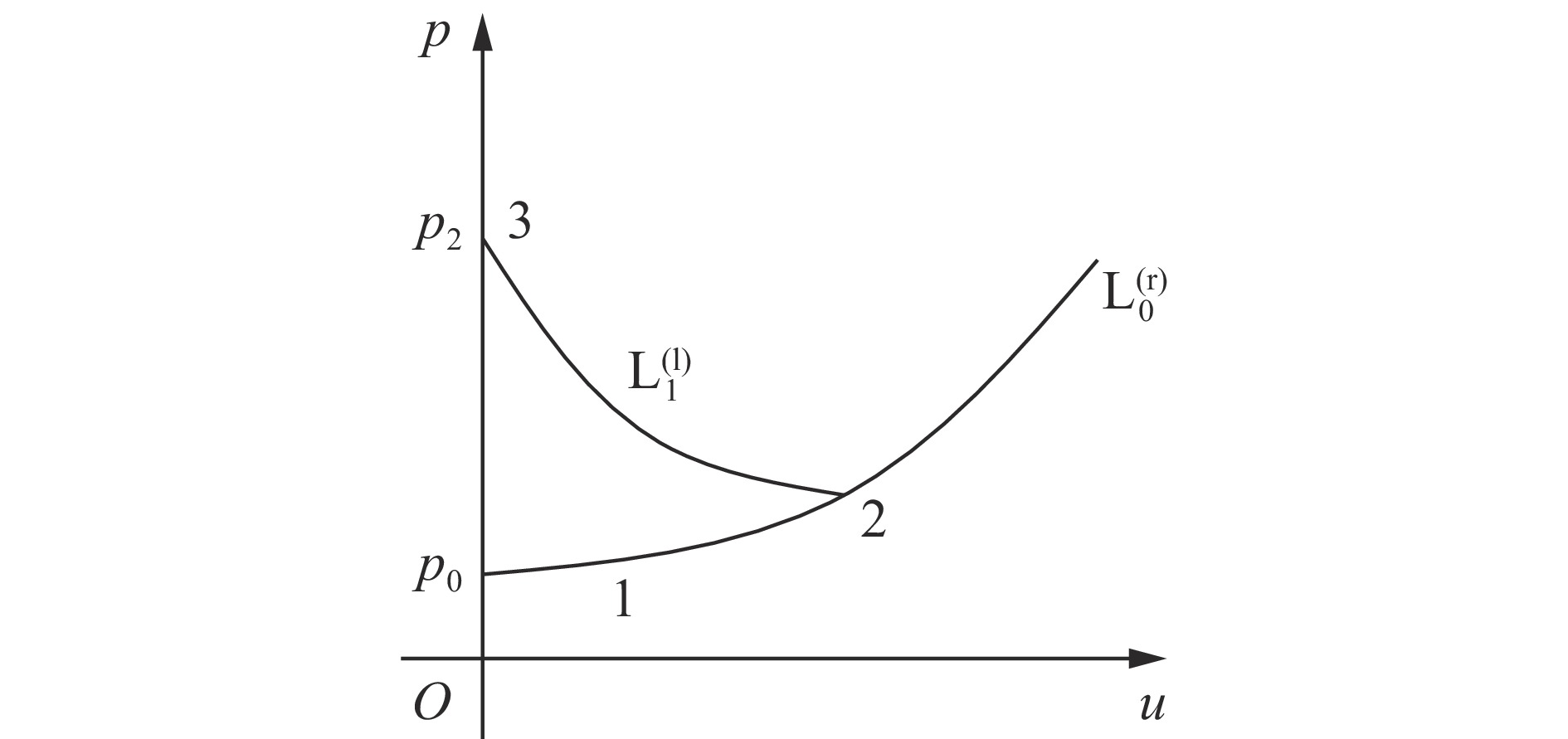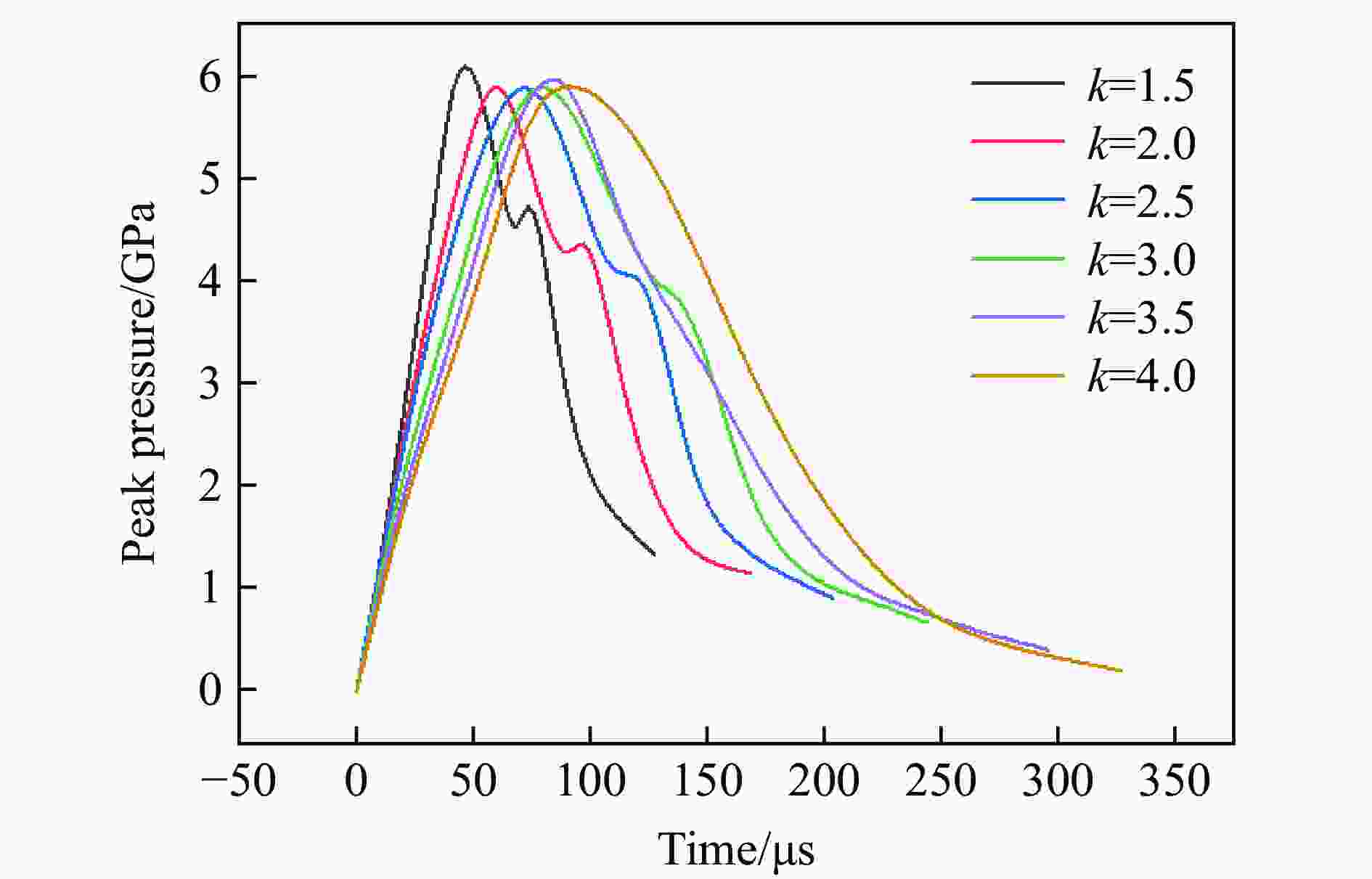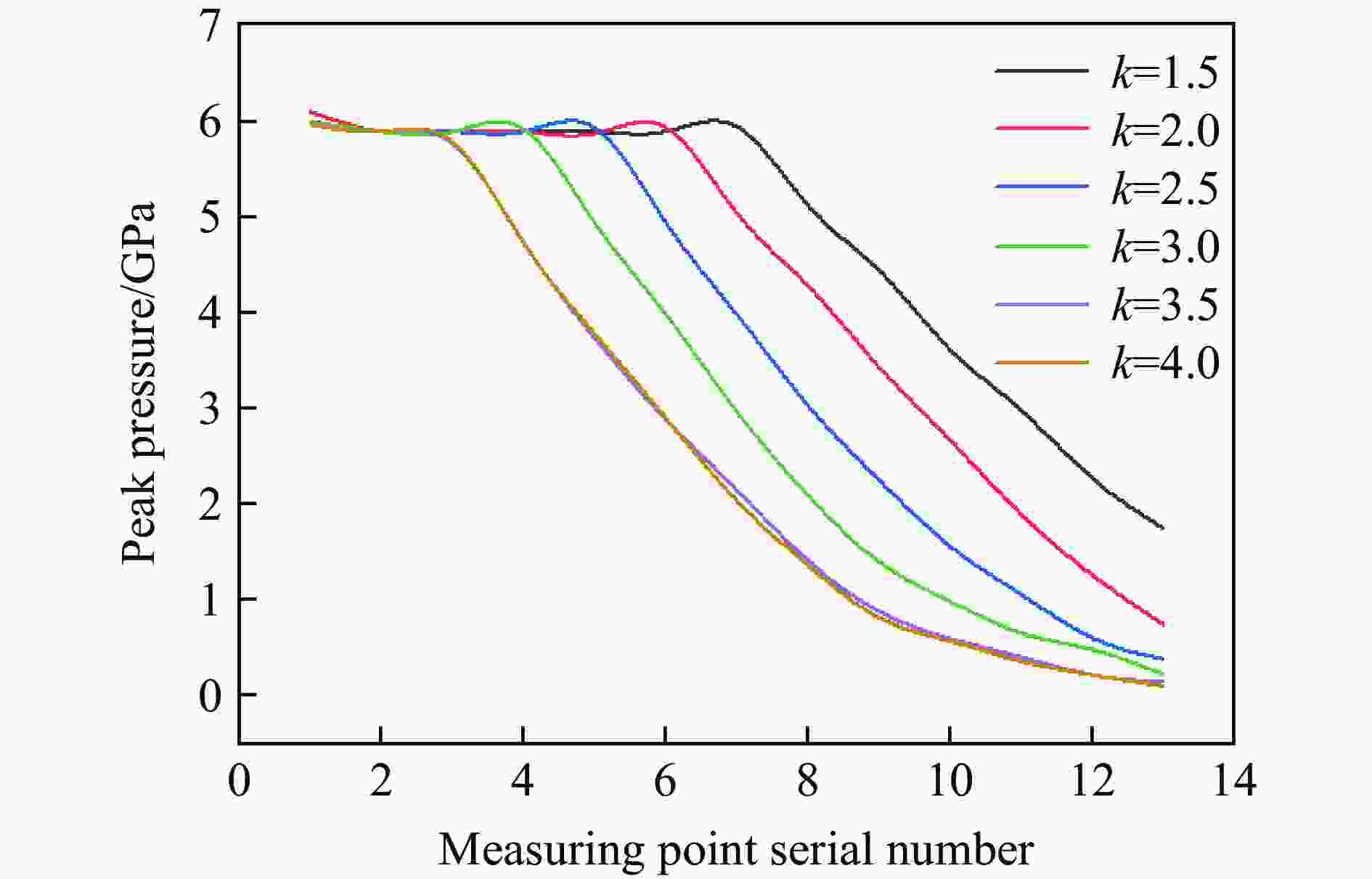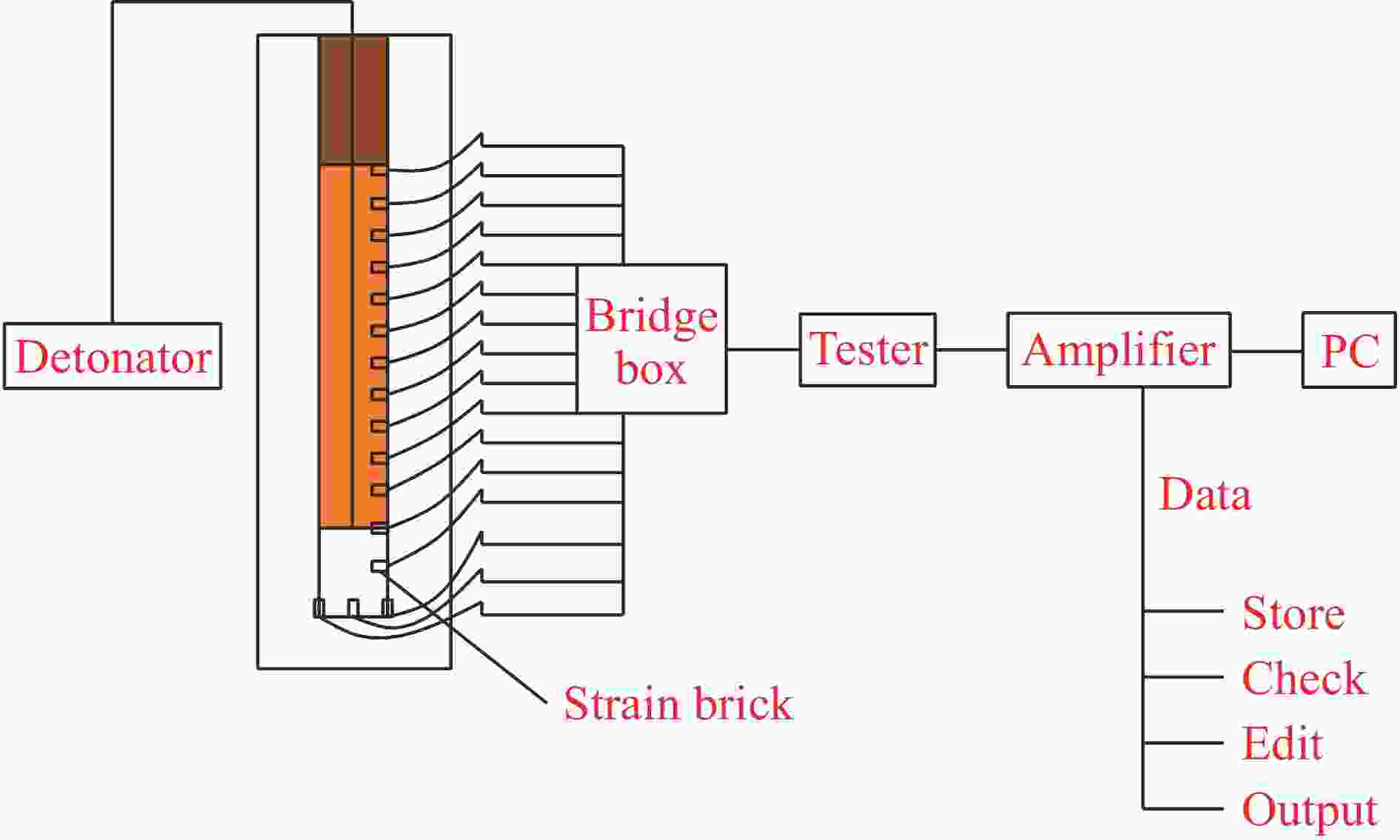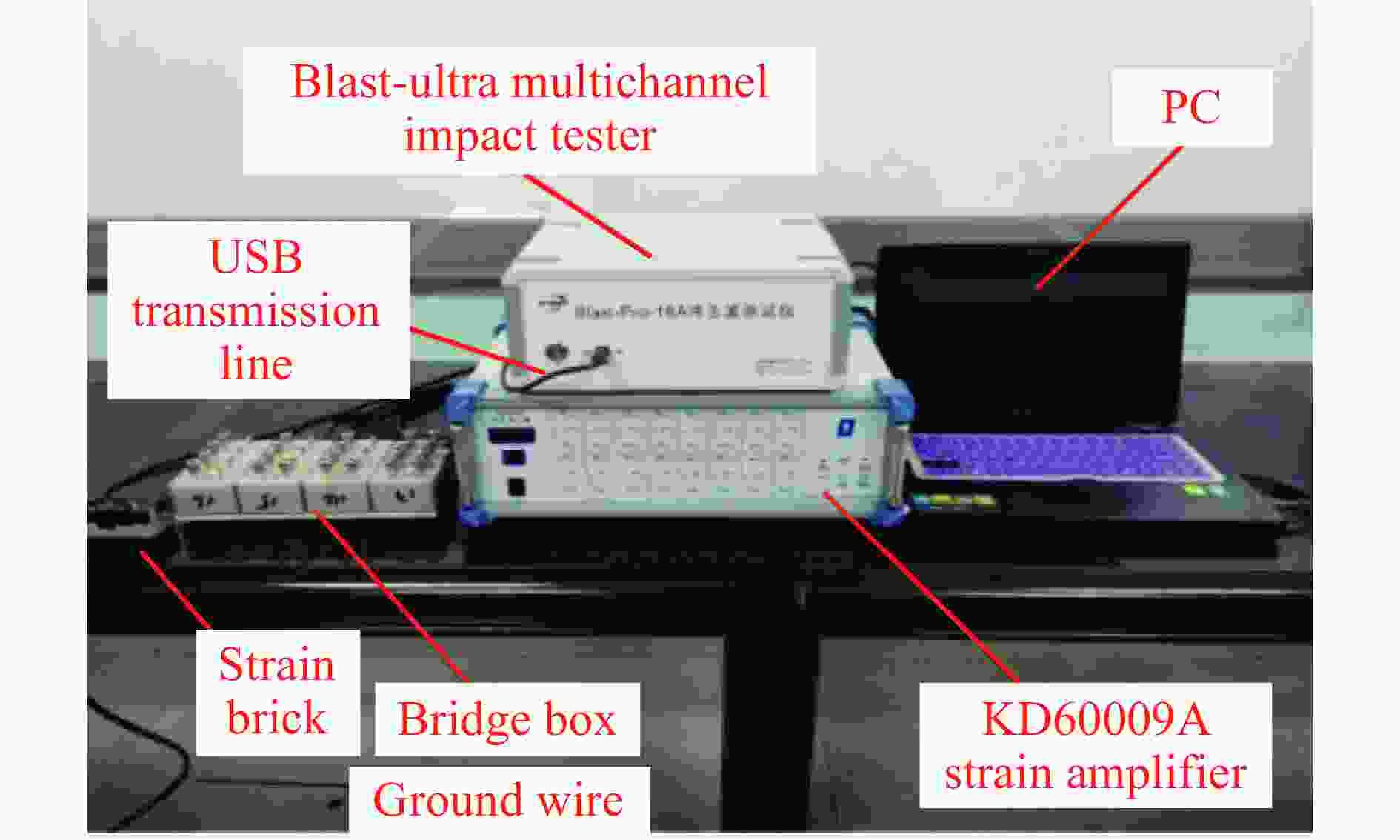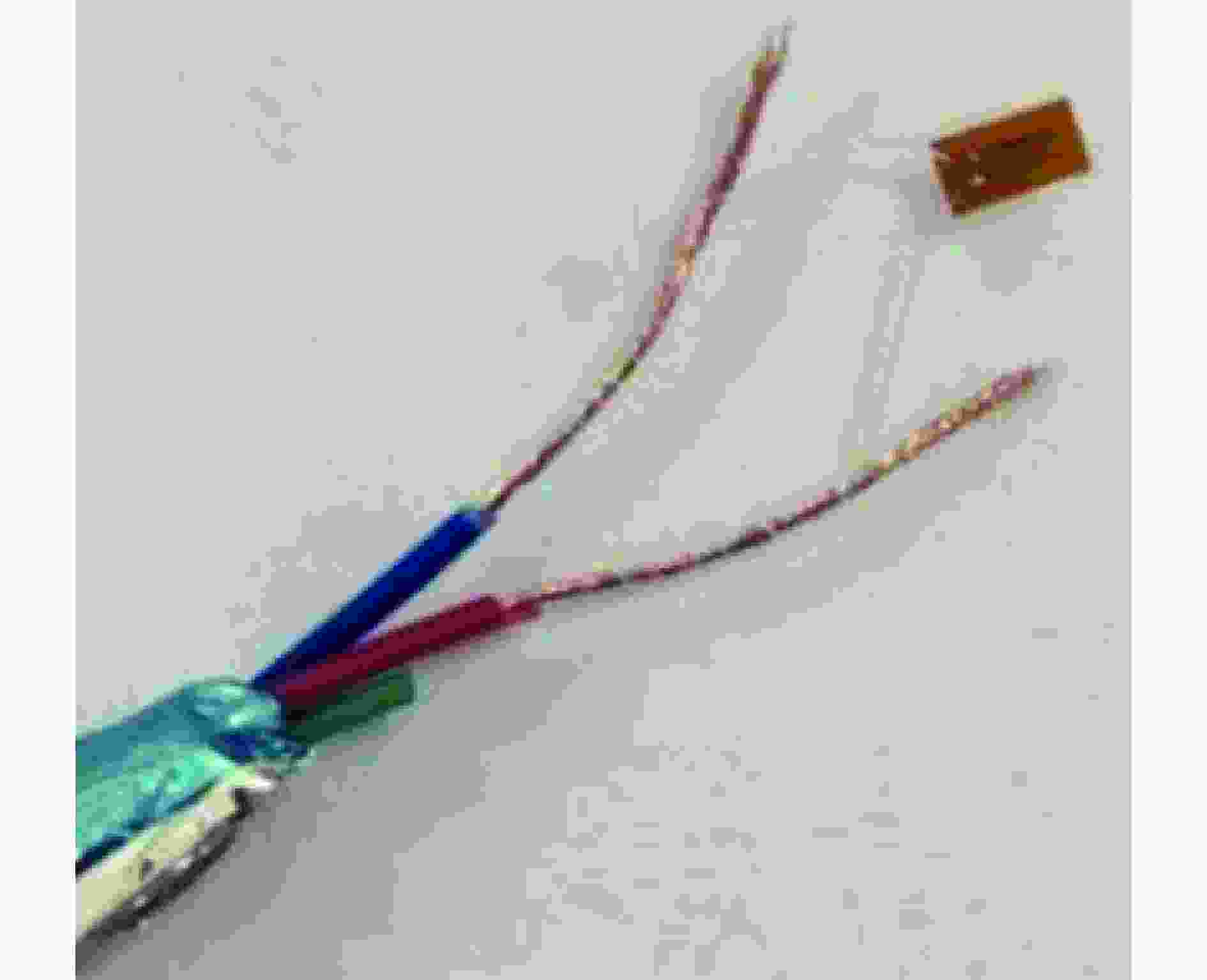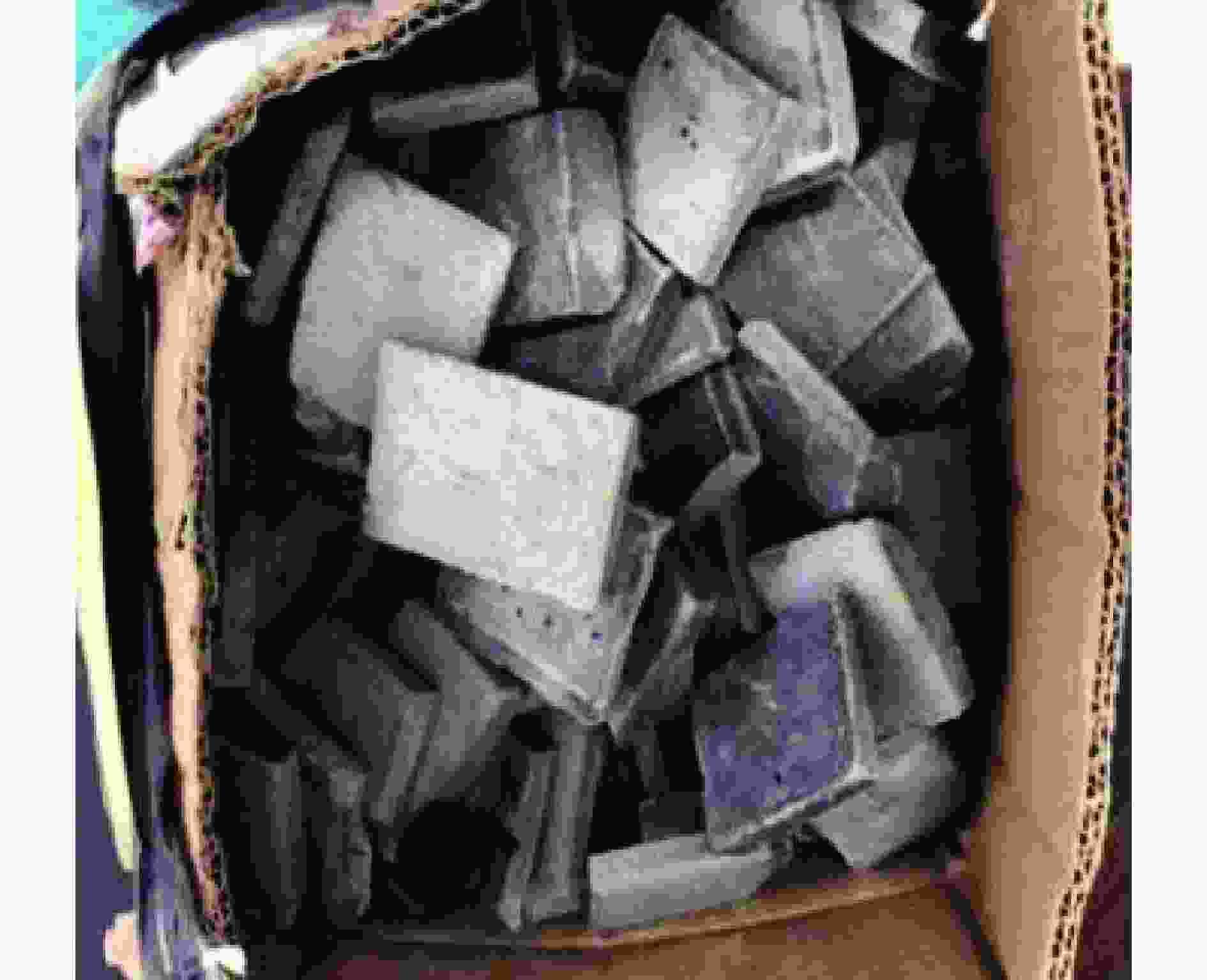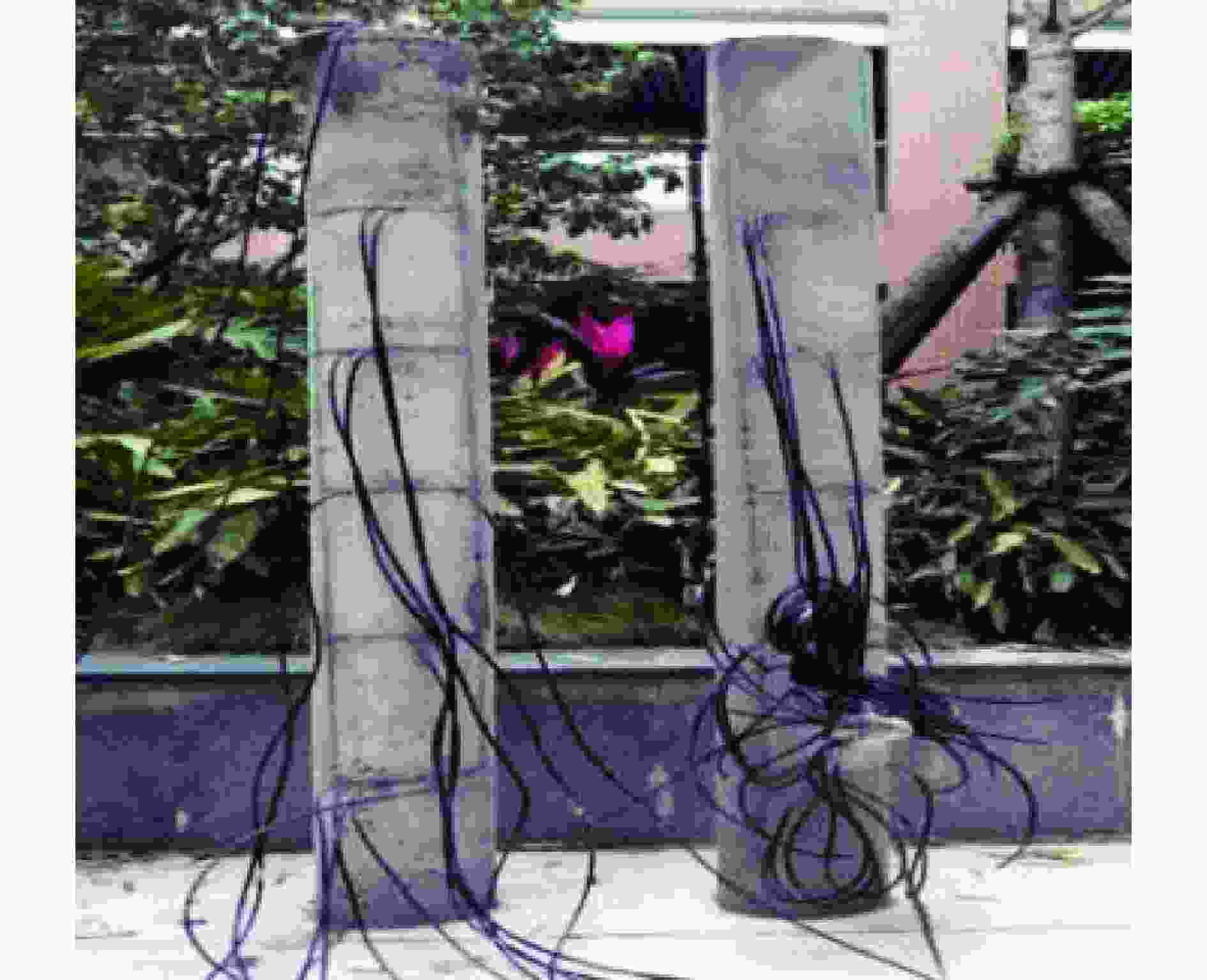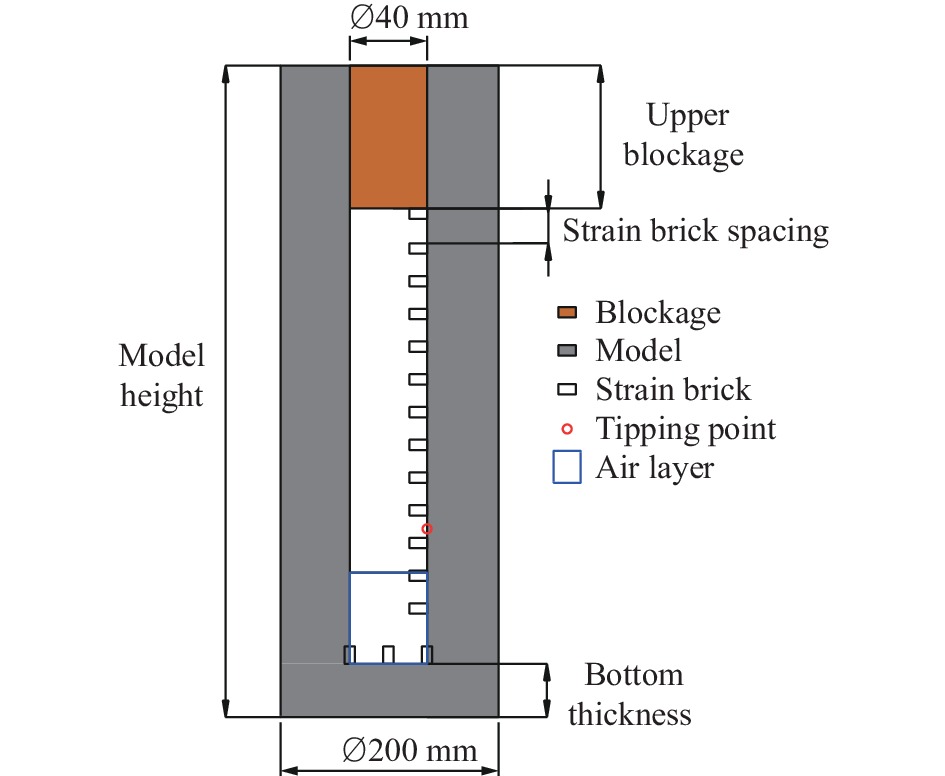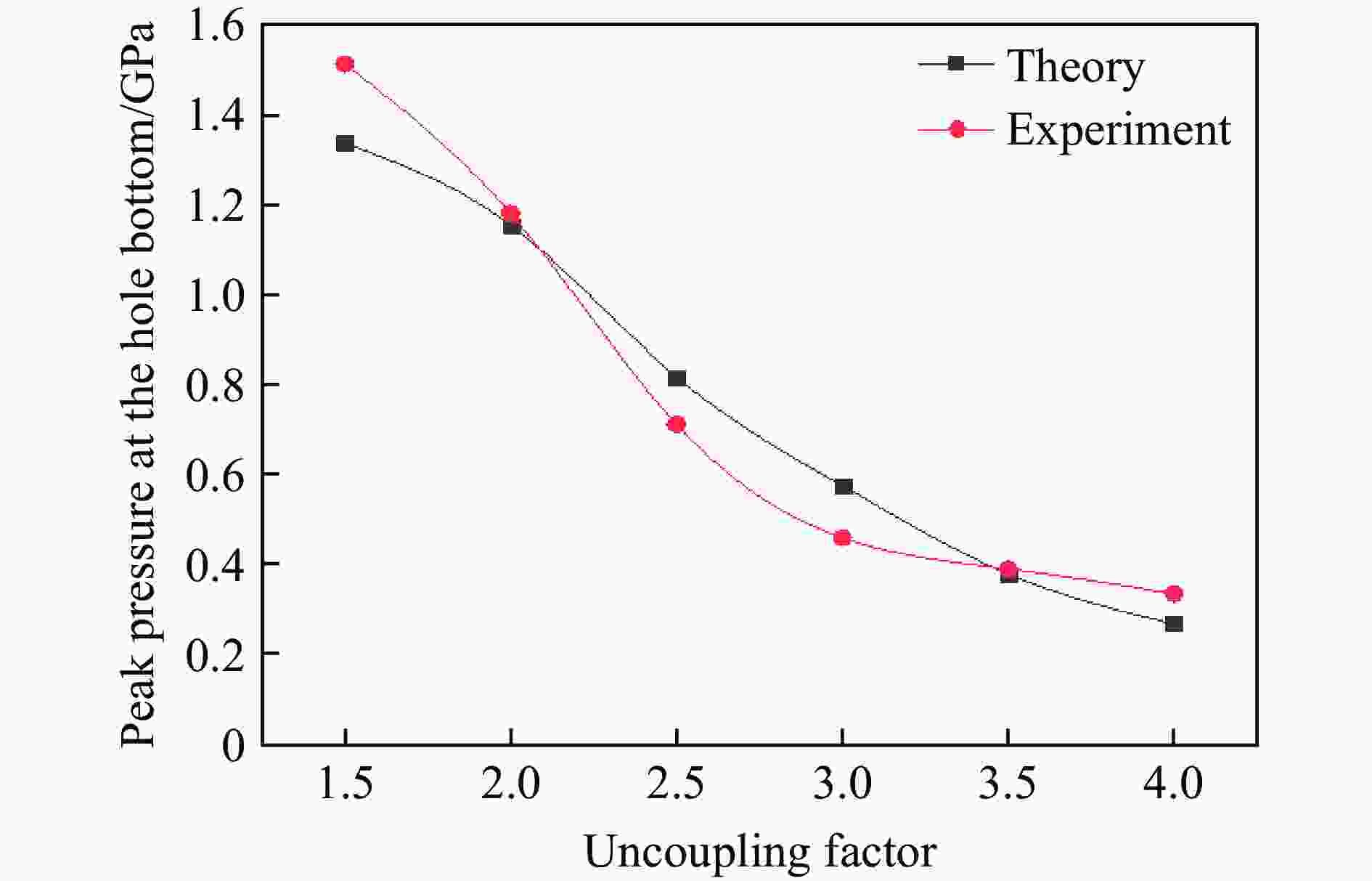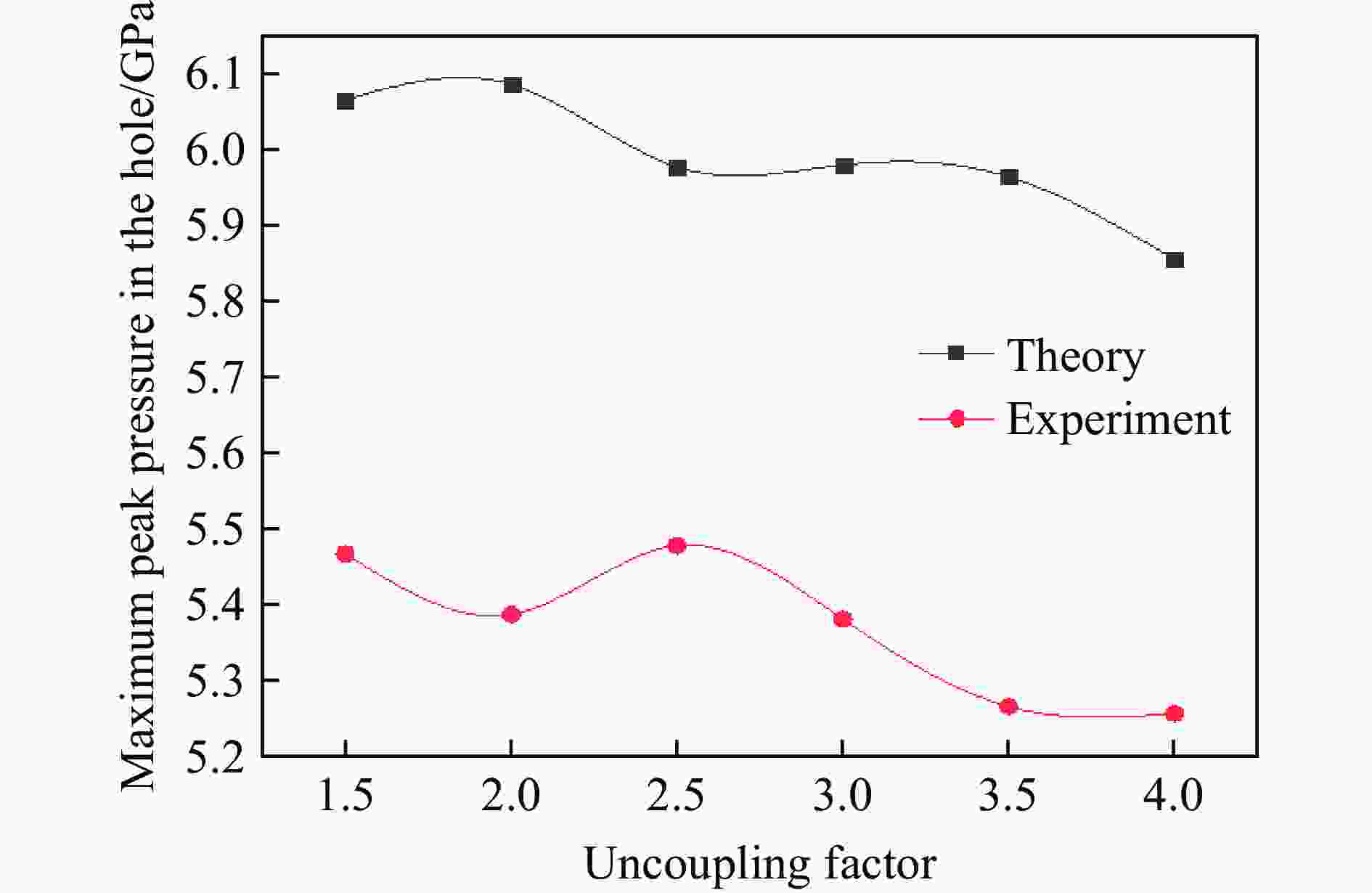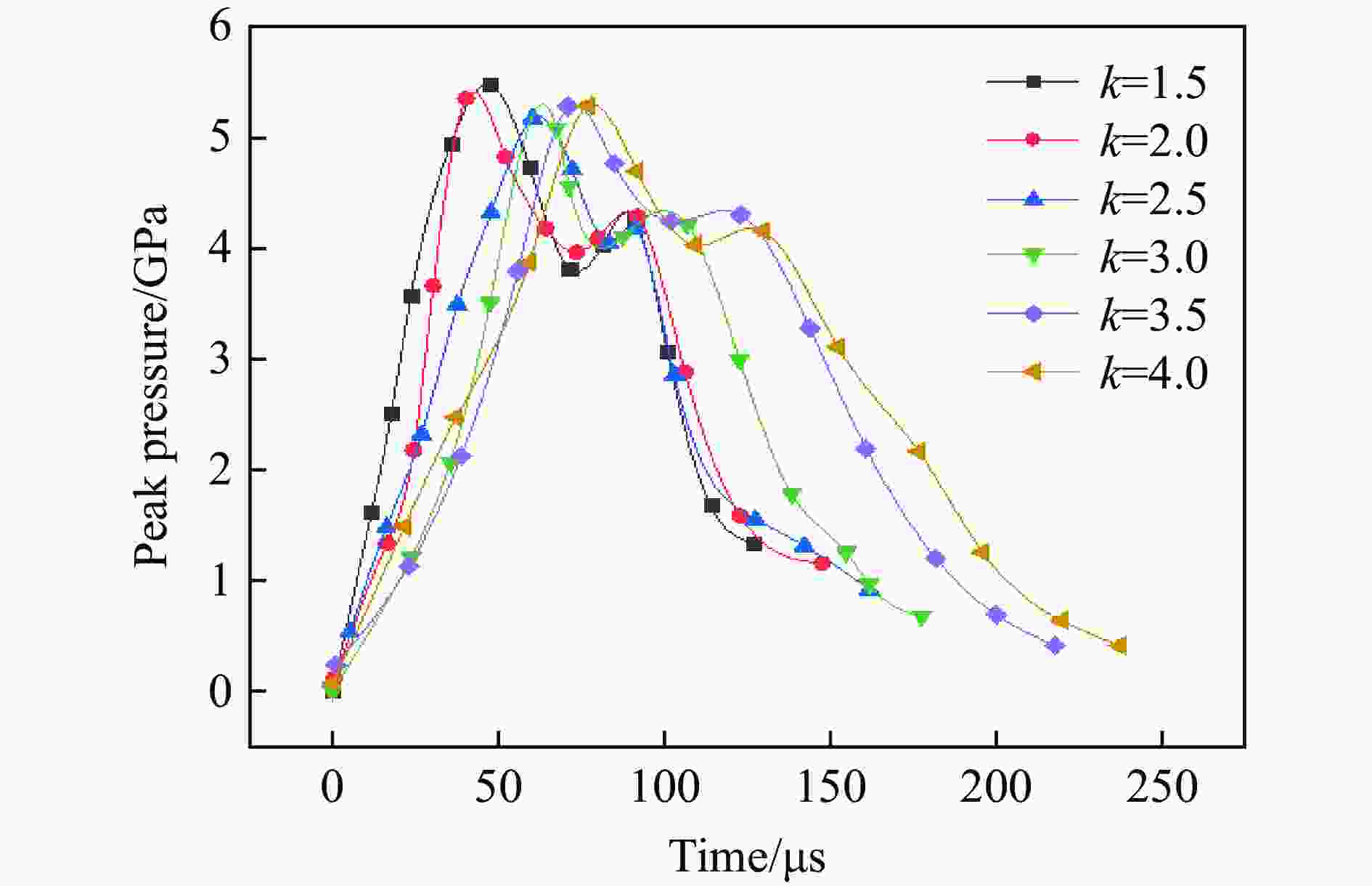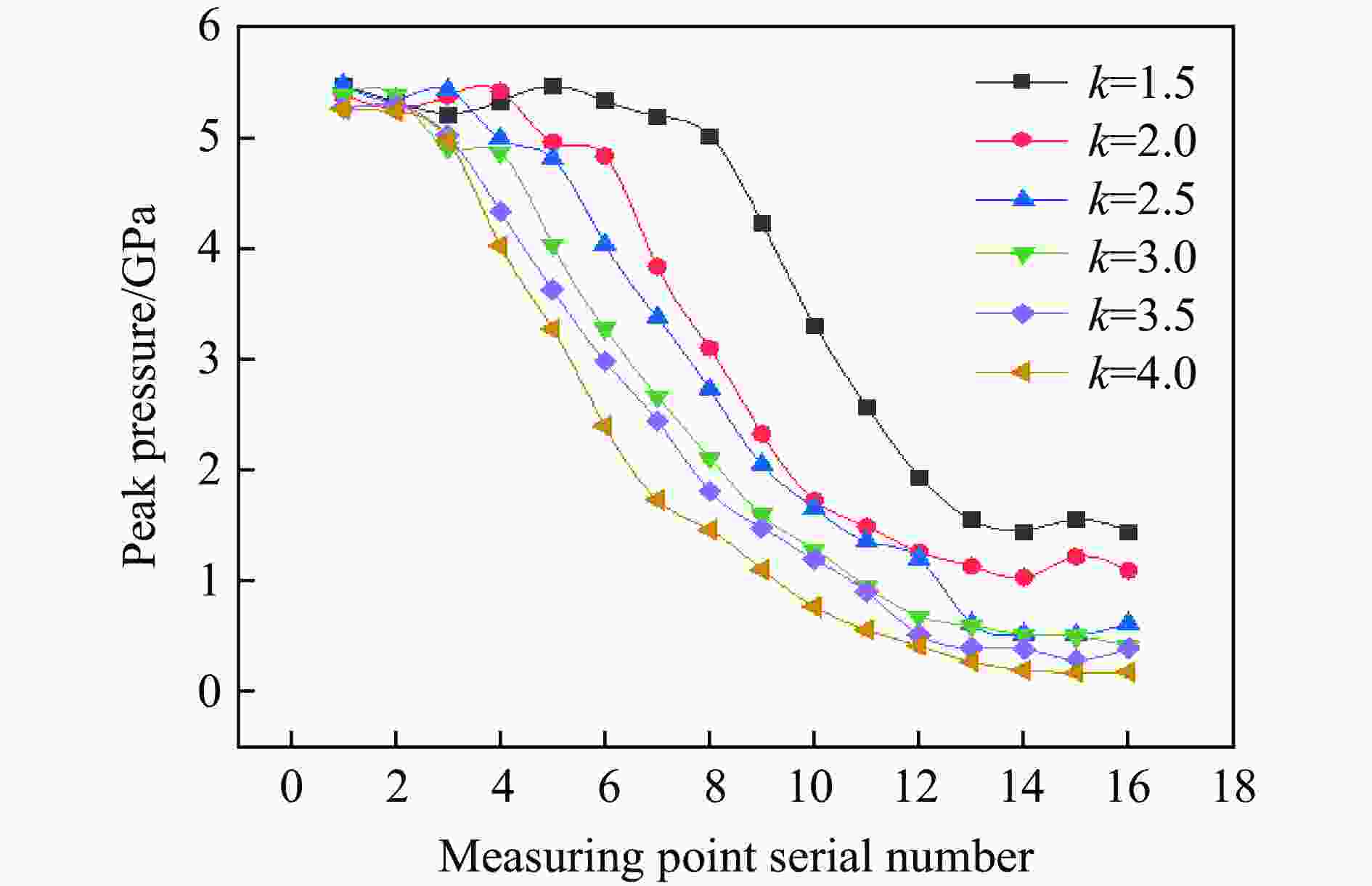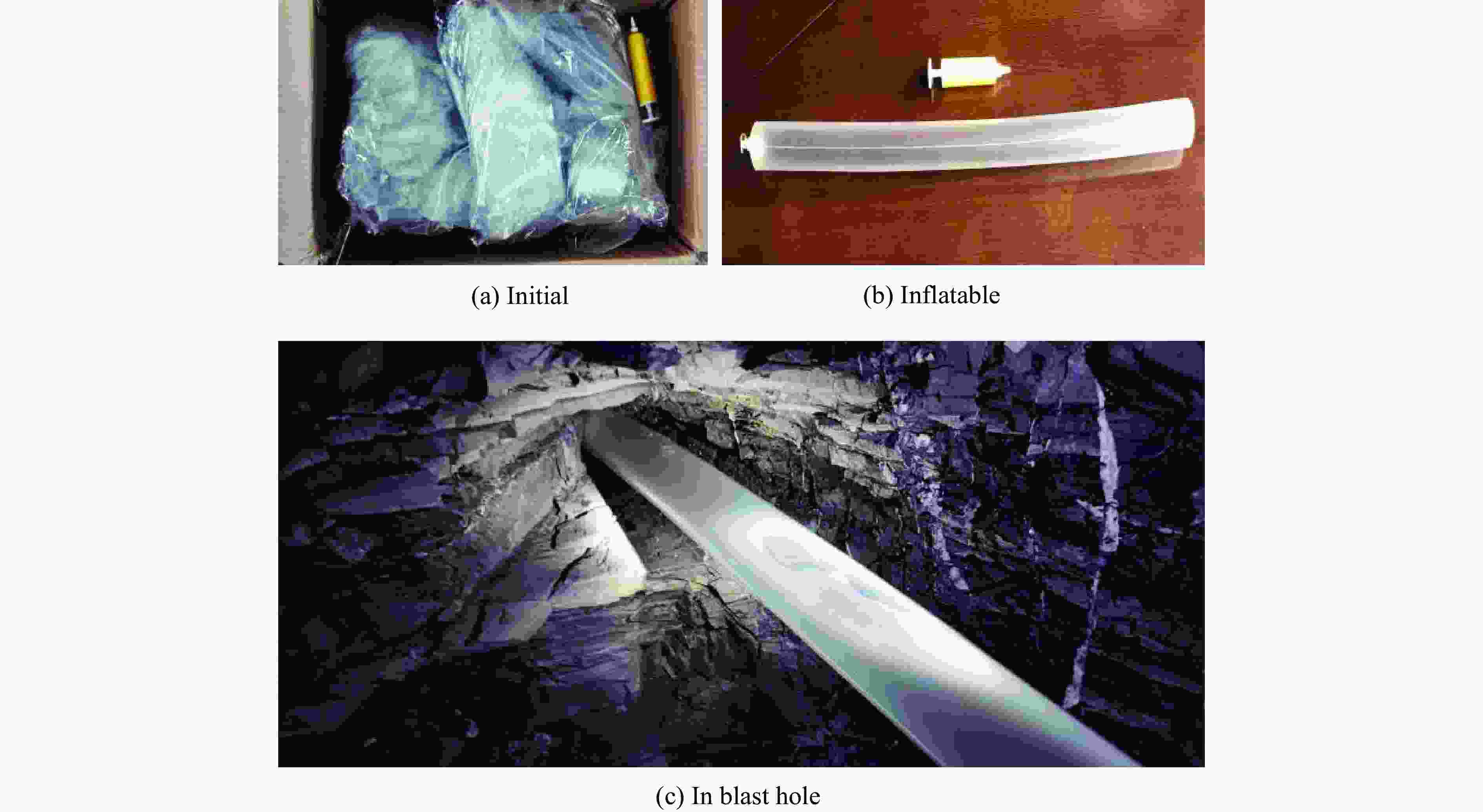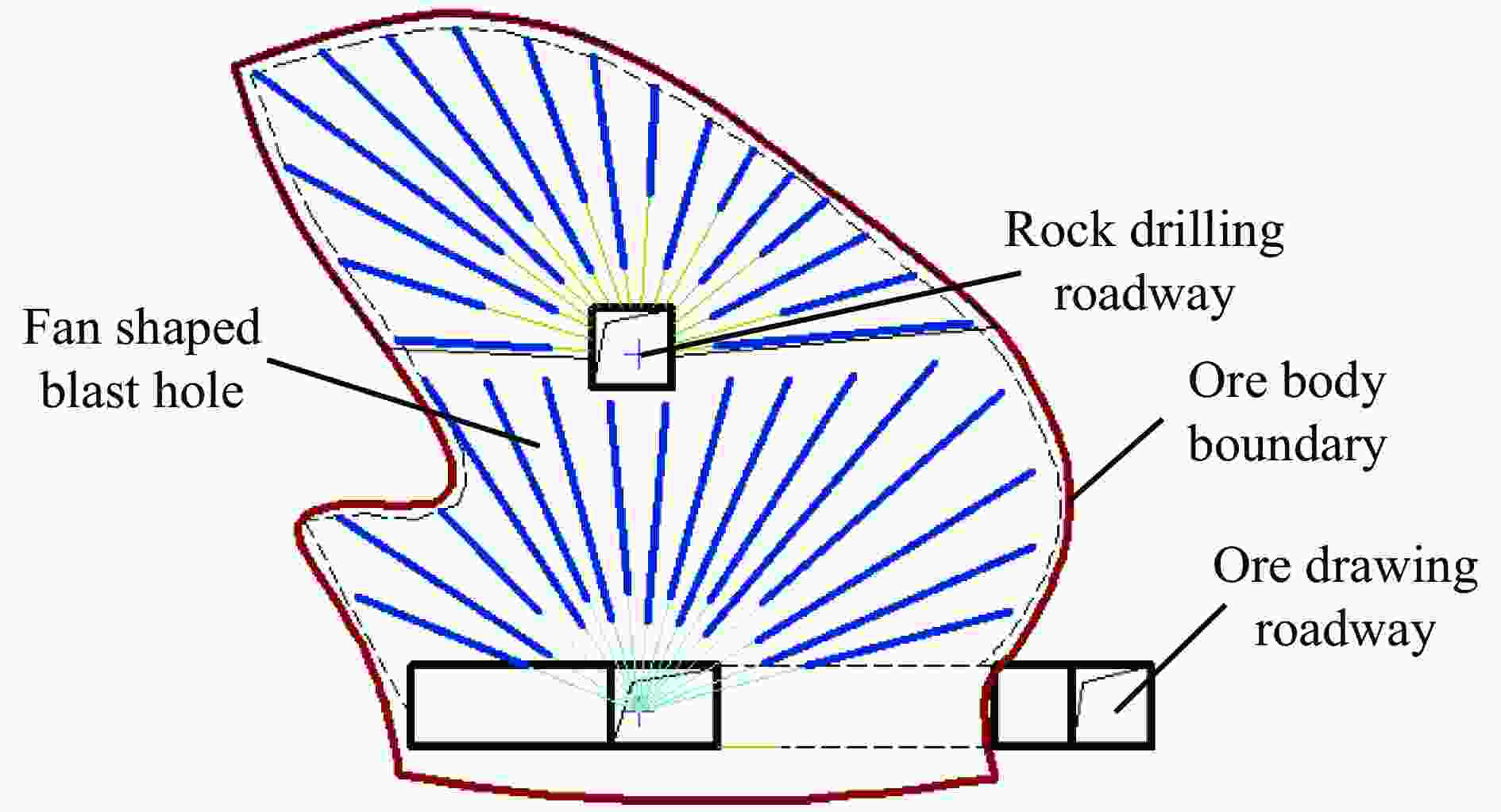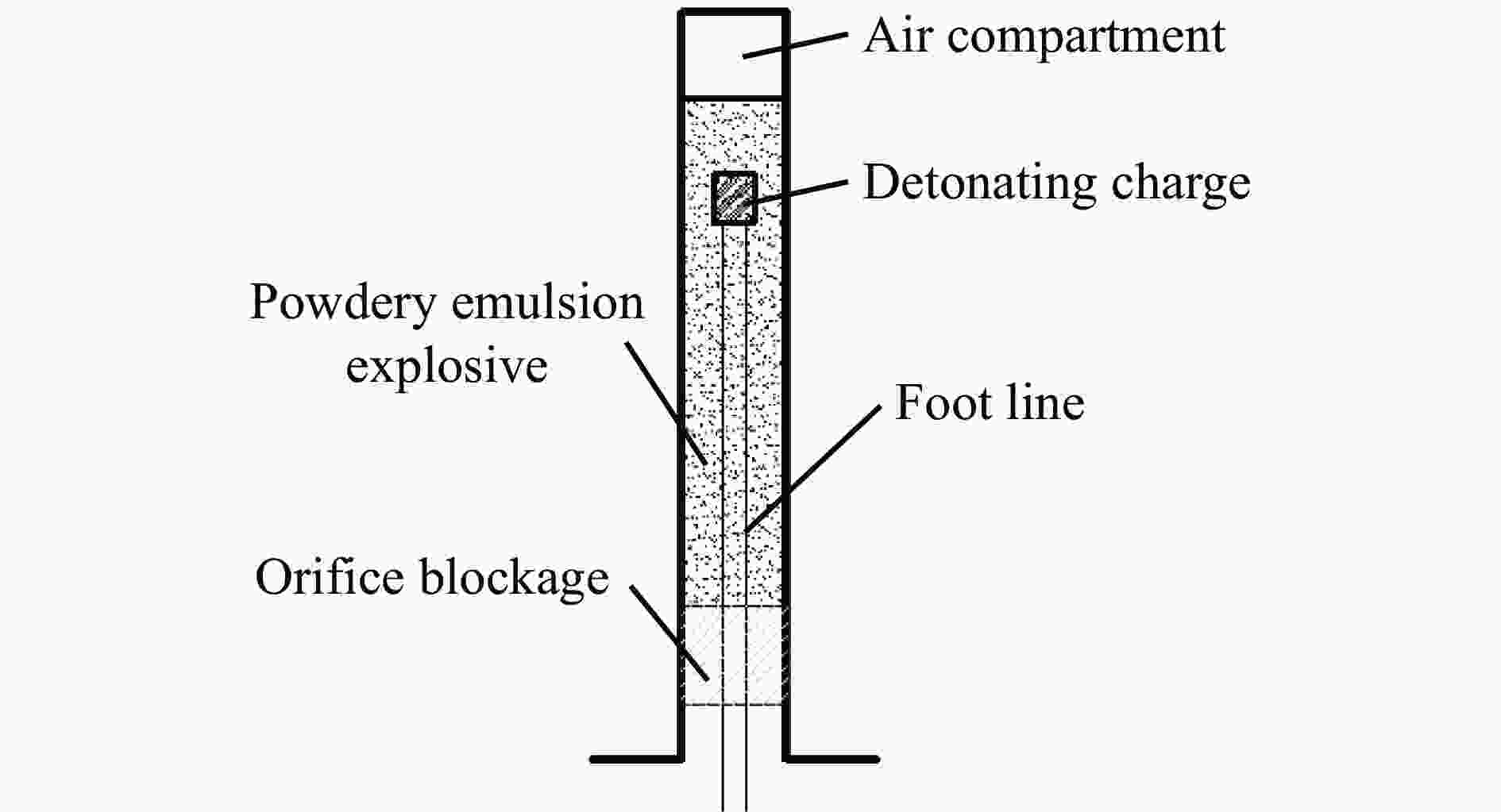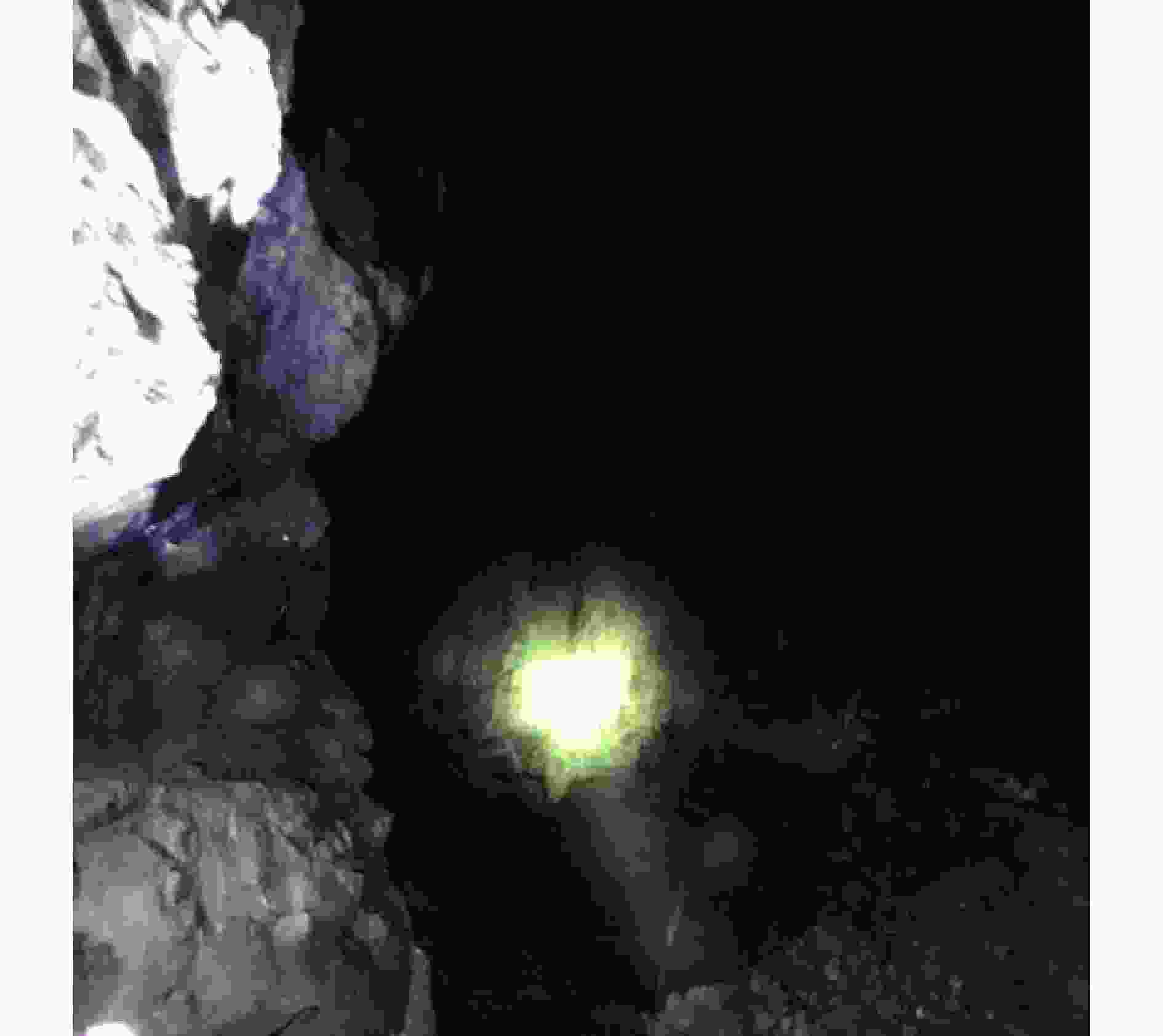Characteristics of the impact pressure of the hole wall by interval charge at the hole bottom
-
摘要: 在良好破碎效果的前提下,通过降低孔底冲击波峰值压力来减小上向扇形深孔孔底以上岩体振动,是降低振动保护上部建筑的有效措施。为确定合理的孔底空气柱长度,采用理论研究和现场爆破试验相结合的方法,研究了孔底空气不耦合装药时空气柱长度对孔壁冲击压力的影响规律,得到了炮孔底部空气间隔不耦合装药条件下轴向不耦合因数和孔壁冲击压力曲线;基于岩石动态抗压强度,确定了适用于软、中、硬岩石的合理底部轴向空气间隔长度范围。为检验结论的合理性,进行现场验证试验并分析了爆破后采场顶板成型和爆堆块度的状况,结果表明:空气间隔层使冲击压力作用时间显著增加,而冲击压力峰值有明显减小;当不耦合因数为1.5即空气柱长度为200 mm时,孔底峰值压力衰减了73.4%,当不耦合因数为4即空气柱长度为1 200 mm时,孔底峰值压力衰减了96.7%;当空气间隔层大于60 cm时,炮孔底部出现压力较低的区域。合理的底部空气间隔长度,不仅能保证良好的爆破块度,也能减小孔底峰值压力、降低爆破振动,保护采场顶板和其他保护对象。Abstract: On the premise of a good crushing effect, reducing the rock mass vibration above the bottom of the upward fan-shaped deep hole by reducing the peak pressure of the shock wave at the bottom of the hole is an effective measure to protect the superstructure. To determine the reasonable length of the air column at the bottom of the hole, the influence of air column length on the impact pressure of the hole wall without consideration of air column coupling is studied by combining the theoretical analysis with the field model blast experiment. Based on the theories of one-dimensional unsteady hydrodynamics and theoretical detonation physics, the action process and propagation law of the shock wave in the blast hole in different stages after the explosion of the bottom air interval cylindrical charge column are discussed. Considering the reflection and transmission of shock waves at different media interfaces, the parameters of the shock wave propagating in different directions, the initial shock pressure, and the action time of the hole wall pressure in each stage are analyzed. Thus, the calculation formula and variation curves of the pressure on the hole wall in each stage are obtained. Six groups of twelve cylindrical thick wall concrete models of different sizes were designed and made, and the bottom air interval blasting model experiments were carried out to verify the above results. The air column lengths were 200, 400, 600, 800, 1 000 and 1 200 mm. During the blasting process, an ultra-high-speed multi-channel dynamic strain testing system was used to monitor the hole wall impact pressure. The monitoring data are then analyzed, and the theoretical results are verified. Finally, the variation curves of the peak pressures with the axial uncoupling factor and the variation curves of hole wall impact pressure with time and measurement point under different uncoupling factors are obtained. Based on the dynamic compressive strength of rock, reasonable length ranges of bottom axial air interval suitable for soft, medium, and hard rocks are determined. A field industrial blasting experiment was carried out with the air interval at the hole bottom to verify the rationality of the conclusion. The roof forming and the blasting pile size after the blast are observed and analyzed by photography. The research results show that the existence of air interval significantly increases the action time of the impact pressure. The peak value of the impact pressure decreases obviously. When the uncoupling factor is 1.5 and the length of the air column is 200 mm, the attenuation ratio of the peak pressure at the hole bottom is 73.4%; when the uncoupling factor is 4 and the length of the air column is 1.2 m, the attenuation ratio of the peak pressure at the hole bottom reaches 96.7%. When the air interval is greater than 60 cm, an area with low pressure appears at the bottom of the blast hole. A reasonable bottom air interval length can not only ensure good blasting fragmentation but also reduce blasting vibration by reducing the peak pressure at the hole bottom, thus protecting the stope roof and other protected objects.
-
Key words:
- bottom air gap /
- axial uncoupling charge /
- air interval charge blasting /
- impact pressure
-
表 1 不同不耦合因数时的模型尺寸
Table 1. Model dimensions with different uncoupling factors
不耦合因数 模型长度/m 测点间距/mm 1.5 0.8 50 2.0 1.0 67 2.5 1.2 83 3.0 1.4 100 3.5 1.6 117 4.0 1.8 133 表 2 底部间隔装药的爆破试验结果
Table 2. The results of the bottom air interval charge blasting experiments
试验 轴向不耦合因数 空气柱长度/mm 峰值压力/GPa 1 1.5 200 5.467 2 1.5 200 5.481 3 2.0 400 5.352 4 2.0 400 5.605 5 2.5 600 5.396 6 2.5 600 5.421 7 3.0 800 5.253 8 3.0 800 5.085 9 3.5 1 000 5.335 10 3.5 1 000 5.278 11 4.0 1 200 5.285 12 4.0 1 200 5.475 表 3 试验1各测点的压力
Table 3. Pressure at each measuring point in experiment 1
测点 距孔底距/mm 峰值时刻/μs 峰值压力/GPa S1 600 101 5.467 S2 550 92 5.327 S3 500 78 5.221 S4 450 65 5.331 S5 400 51 5.467 S6 350 41 5.336 S7 300 29 5.197 S8 250 15 5.016 S9 200 2 4.232 S10 150 20 3.311 S11 100 38 2.575 S12 50 78 1.936 S13 0 70 1.553 S14 0 81 1.449 S15 0 73 1.554 S16 0 79 1.451 表 4 不同岩石的合理轴向底部空气间隔长度
Table 4. Reasonable axial bottom air gap lengths for different rocks
岩石 单轴抗压强度/MPa 动态抗压强度/MPa 空气柱长度/mm 不耦合因数 软岩 <20 <400 400~600 2.0~2.5 中硬岩 20~40 400~800 200~400 1.5~2.0 硬岩 >40 >800 <200 <1.5 表 5 现场试验参数
Table 5. Parameters of the field experiment
起爆方式 装药单耗/(kg·m−3) 段最大装药量/kg 总装药量/kg 孔数 孔径/mm 总孔深/m 总装药长度/m 总填塞长度/m 分段微差 0.54 79.6 672.5 42 60 298.4 214.4 84 -
[1] MELNIKOV N V. Charge construction influence on explosion operations efficiency [C] // Reports of the Ⅵ Science Symposium on Drilling, Explosives, Explosion Operations and Study of Physical and Mechanical Properties of Rocks. Rolla, USA, 1962. [2] MELNIKOV N V, MARCHENKO L N. Effective methods of application of explosion energy in mining and construction [C] // The 12th U. S. Symposium on Rock Mechanics. Rolla, USA: American Rock Mechanics Association, 1971: 359–378. [3] FOURNEY W L, BARKER D B, HOLLOWAY D C. Model studies of explosive well stimulation techniques [J]. International Journal of Rock Mechanics and Mining Sciences & Geomechanics Abstracts, 1981, 18(2): 113–127. DOI: 10.1016/0148-9062(81)90737-3. [4] MOXON N T, MEAD D, RICHARDSON S B. Air-decked blasting techniques: some collaborative experiments [J]. Transactions of the Institution of Mining and Metallurgy, Section A: Mining Industry, 1993, 102: A25–A30. [5] CHAKRABORTY A K, JETHWA J L. Feasibility of air-deck blasting in various rock mass conditions: a case study [C] // MOHANTY B. Rock fragmentation by blasting. London: CRC Press, 1996: 343-349. [6] JHANWAR J C, CAKRABORTY A K, ANIREDDY H N, et al. Application of air decks in production blasting to improve fragmentation and economics of an open pit mine [J]. Geotechnical & Geological Engineering, 1999, 17(1): 37–57. DOI: 10.1023/A:1008899928839. [7] 潘强, 张继春, 石洪超, 等. 单孔不耦合装药爆破的岩体损伤分布特征研究 [J]. 振动与冲击, 2019, 38(18): 264–269. DOI: 10.13465/j.cnki.jvs.2019.18.037.PAN Q, ZHANG J C, SHI H C, et al. Distribution characteristics of the rock mass damage caused by single-hole decoupling charge blasting [J]. Journal of Vibration and Shock, 2019, 38(18): 264–269. DOI: 10.13465/j.cnki.jvs.2019.18.037. [8] 朱红兵, 卢文波, 吴亮. 空气间隔装药爆破机理研究 [J]. 岩土力学, 2007, 28(5): 986–990. DOI: 10.16285/j.rsm.2007.05.025.ZHU H B, LU W B, WU L. Research on mechanism of air-decking technique in bench blasting [J]. Rock and Soil Mechanics, 2007, 28(5): 986–990. DOI: 10.16285/j.rsm.2007.05.025. [9] 曹祺, 王林桂, 马宏昊, 等. 底部空气柱装药爆破减振理论和实验研究 [J]. 工程爆破, 2020, 26(2): 42–48, 64. DOI: 10.3969/j.issn.1006-7051.2020.02.006.CAO Q, WANG L G, MA H H, et al. Research on blasting vibration reduction theory and experiment of bottom air column charging [J]. Engineering Blasting, 2020, 26(2): 42–48, 64. DOI: 10.3969/j.issn.1006-7051.2020.02.006. [10] LOU X M, WANG Z C, CHEN B G, et al. Theoretical calculation and experimental analysis on initial shock pressure of borehole wall under axial decoupled charge [J]. Shock and Vibration, 2018, 2018: 7036726. DOI: 10.1155/2018/7036726. [11] 张馨, 孙金山, 张湘平, 等. 钻孔爆破炮孔孔壁压力计算模型 [J]. 爆破, 2021, 38(3): 1–5. DOI: 10.3963/j.issn.1001-487X.2021.03.001.ZHANG X, SUN J S, ZHANG X P, et al. Calculation model of blasthole pressure [J]. Blasting, 2021, 38(3): 1–5. DOI: 10.3963/j.issn.1001-487X.2021.03.001. [12] 杨国梁, 杨仁树, 姜琳琳. 轴向间隔装药爆破沿炮孔的压力分布 [J]. 爆炸与冲击, 2012, 32(6): 653–657. DOI: 10.11883/1001-1455(2012)06-0653-05.YANG G L, YANG R S, JIANG L L. Pressure distribution along borehole with axial air-deck charge blasting [J]. Explosion and Shock Waves, 2012, 32(6): 653–657. DOI: 10.11883/1001-1455(2012)06-0653-05. [13] 吴亮, 钟冬望, 卢文波. 空气间隔装药爆炸冲击荷载作用下混凝土损伤分析 [J]. 岩土力学, 2009, 30(10): 3109–3114. DOI: 10.16285/j.rsm.2009.10.045.WU L, ZHONG D W, LU W B. Study of concrete damage under blast loading of air-decking [J]. Rock and Soil Mechanics, 2009, 30(10): 3109–3114. DOI: 10.16285/j.rsm.2009.10.045. [14] 吴亮, 卢文波, 钟冬望, 等. 混凝土介质中空气间隔装药的爆破机理 [J]. 爆炸与冲击, 2010, 30(1): 58–64. DOI: 10.11883/1001-1455(2010)01-0058-07.WU L, LU W B, ZHONG D W, et al. Blasting mechanism of air-decked charge in concrete medium [J]. Explosion and Shock Waves, 2010, 30(1): 58–64. DOI: 10.11883/1001-1455(2010)01-0058-07. [15] 池恩安, 梁开水, 赵明生. 孔底空气间隔装药降振试验研究 [J]. 煤炭学报, 2012, 37(6): 944–950. DOI: 10.13225/j.cnki.jccs.2012.06.005.CHI E A, LIANG K S, ZHAO M S. Experimental study on vibration reduction of the hole-bottom air space charging [J]. Journal of China Coal Society, 2012, 37(6): 944–950. DOI: 10.13225/j.cnki.jccs.2012.06.005. [16] 张志呈, 熊文, 吝曼卿. 炮孔底部空气间隔装药结构爆破理论与模型试验 [J]. 露天采矿技术, 2011(1): 40–44, 47. DOI: 10.13235/j.cnki.ltcm.2011.01.025.ZHANG Z C, XIONG W, LIN M Q. The blasting theory and model experiment of blast hole bottom air interval charge structure [J]. Opencast Mining Technology, 2011(1): 40–44, 47. DOI: 10.13235/j.cnki.ltcm.2011.01.025. [17] 周毓麟. 一维非定常流体力学 [M]. 北京: 科学出版社, 1990: 144–170. [18] 孙锦山, 朱建士. 理论爆轰物理 [M]. 北京: 国防工业出版社, 1995: 32–36. [19] 李维新. 一维不定常流与冲击波 [M]. 北京: 国防工业出版社, 2003: 148–180. [20] HENRYCH J. 爆炸动力学及其应用 [M]. 熊建国, 译. 北京: 科学出版社, 1987: 123–151. [21] 王光祖, 张运生. 冲击波和爆轰波的共异性 [J]. 超硬材料工程, 2005, 17(2): 14–17. DOI: 10.3969/j.issn.1673-1433.2005.02.004.WANG G Z, ZHANG Y S. Similarity and difference of shock wave and detonation wave [J]. Superhard Material Engineering, 2005, 17(2): 14–17. DOI: 10.3969/j.issn.1673-1433.2005.02.004. [22] 汪旭光. 爆破设计与施工 [M]. 北京: 冶金工业出版社, 2011: 206–208. [23] 李夕兵, 古德生. 岩石冲击动力学 [M]. 长沙: 中南工业大学出版社, 1994: 51–64. [24] 单仁亮. 岩石冲击破坏力学模型及其随机性研究 [D]. 北京: 中国矿业大学(北京), 1997: 53–54. -






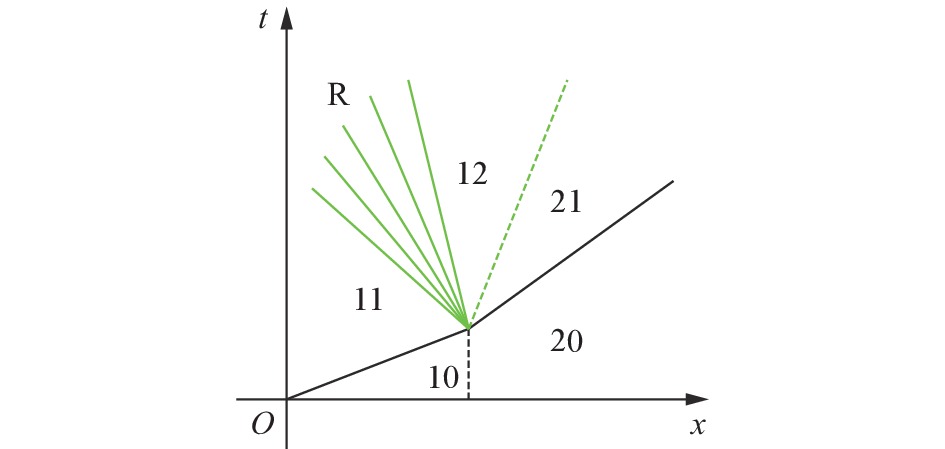
 下载:
下载:
